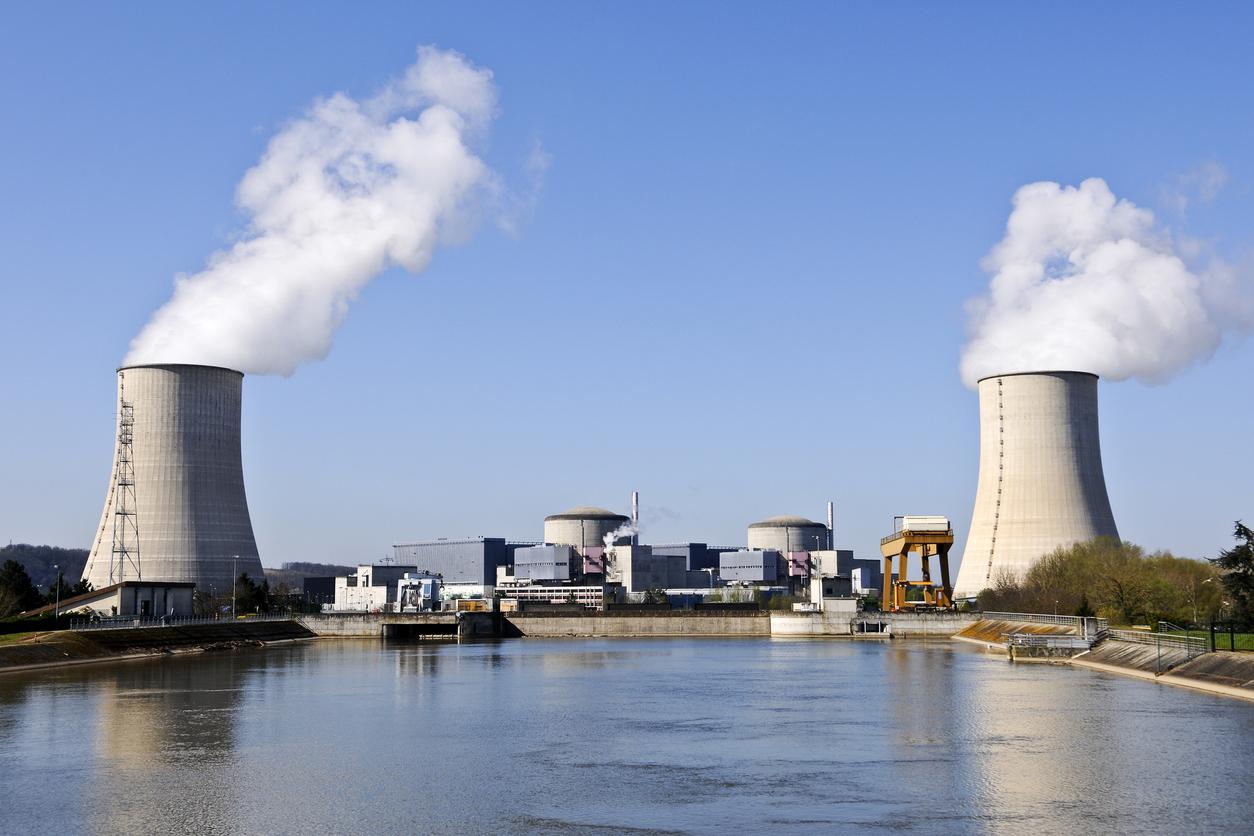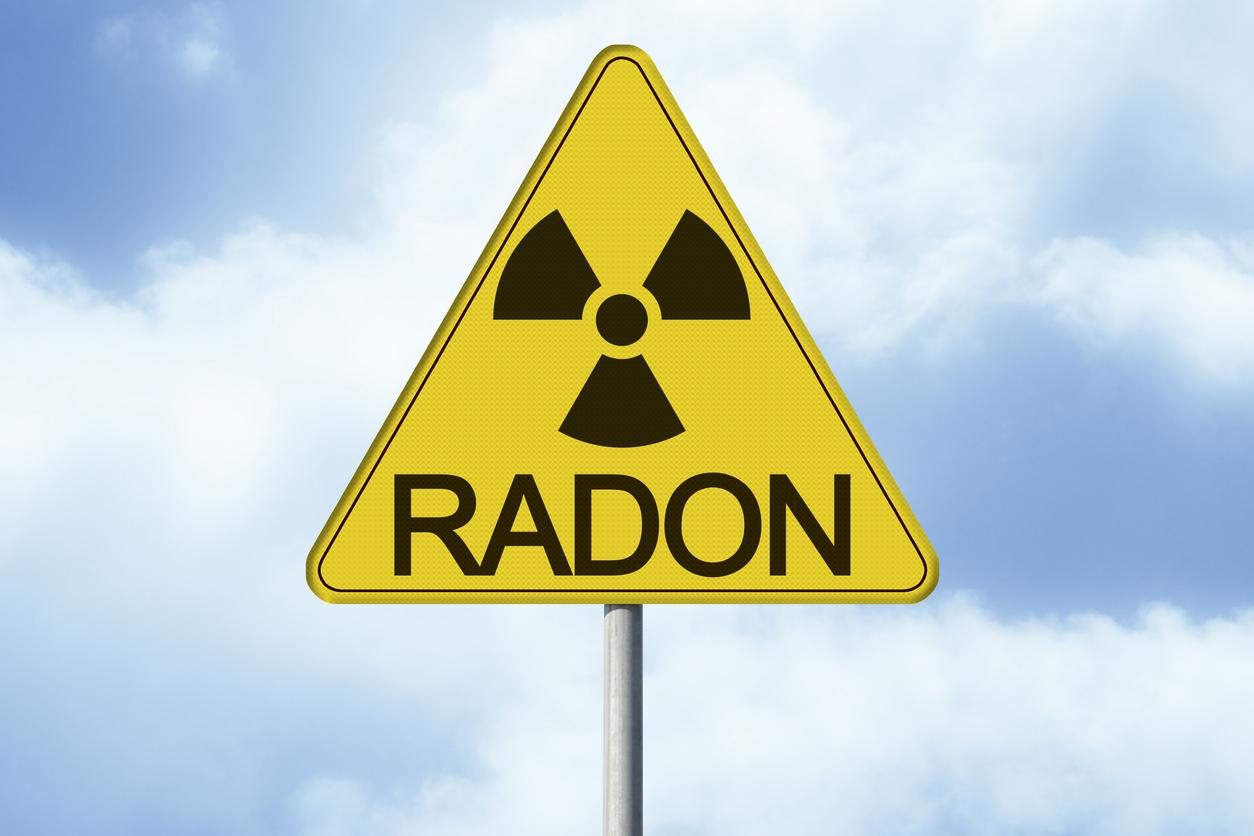71.5 years! This is the average life expectancy of the world’s population today. The figure could not be more serious since it comes from a large study published in the medical journal The Lancet. And yet, like any average, this figure of 71.5 does not mean much. First of all because, as pointed out by all the Internet media which have taken up the information – RTL, France TV Info… – what is striking is the increase in life expectancy between 1990 and 2013. In 23 years, it has jumped six years: more precisely 5.8 years for men and 6.6 years for women.
Moreover, this progress is obviously uneven across the globe. As noted by the daily Le Monde, longevity has particularly increased in around ten developing countries, such as Nepal, Rwanda, Ethiopia, Niger and Iran, countries which have gained twelve years of life expectancy.
What this average of 71.5 years does not say either is that while certain diseases kill less than twenty years ago, certain chronic diseases on the other hand weigh down life expectancy. For example, infant mortality was practically halved between 1990 and 2013, underlines Audrey Garric in Le Monde, while “certain major chronic diseases have been largely neglected”, regrets Christopher Murray, main author of the study. Liver cancer caused by hepatitis C, Alzheimer’s disease or diabetes are killing more and more people. “We have gone from a predominance of infectious diseases to a majority weight of non-communicable ones, under the effect of the aging of the population and advances in the health field”, analyzes Christopher Murray, in the columns of the evening daily.
On a global scale, progress in life expectancy is therefore variable. But at the European level, the differences are also significant. According to the latest report from the Organization for Economic Co-operation and Development (OECD), the average life expectancy of Europeans has increased by 5 years in the space of 25 years. But in France and Italy, people live eight years longer than in Bulgaria, Lithuania and Romania, countries where life expectancy remains the lowest. A gap that is largely explained by unequal access to care.

















